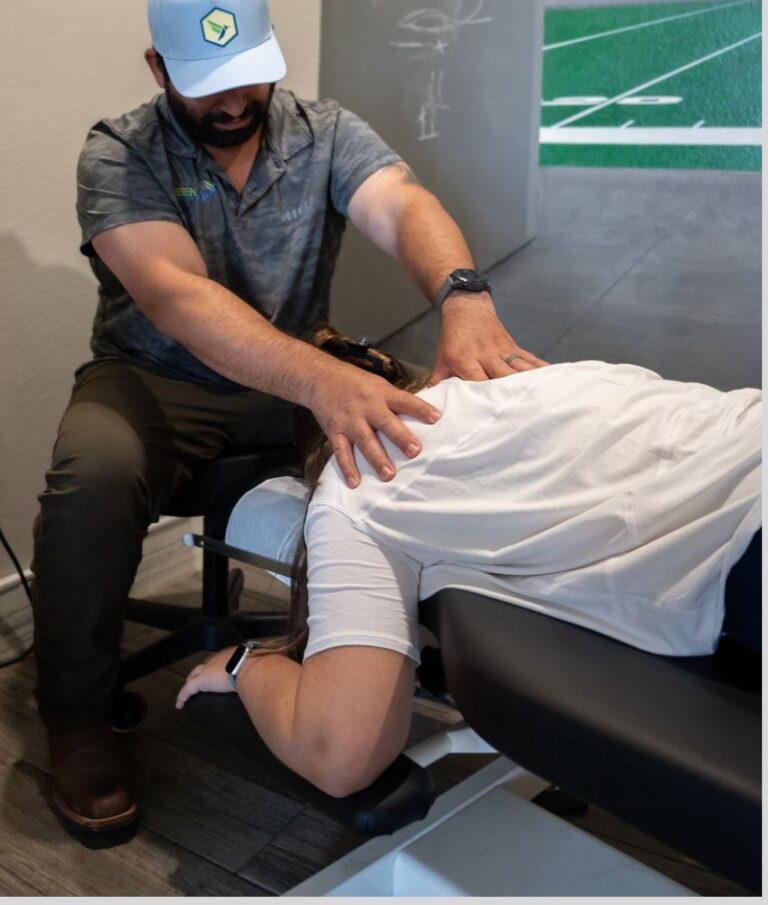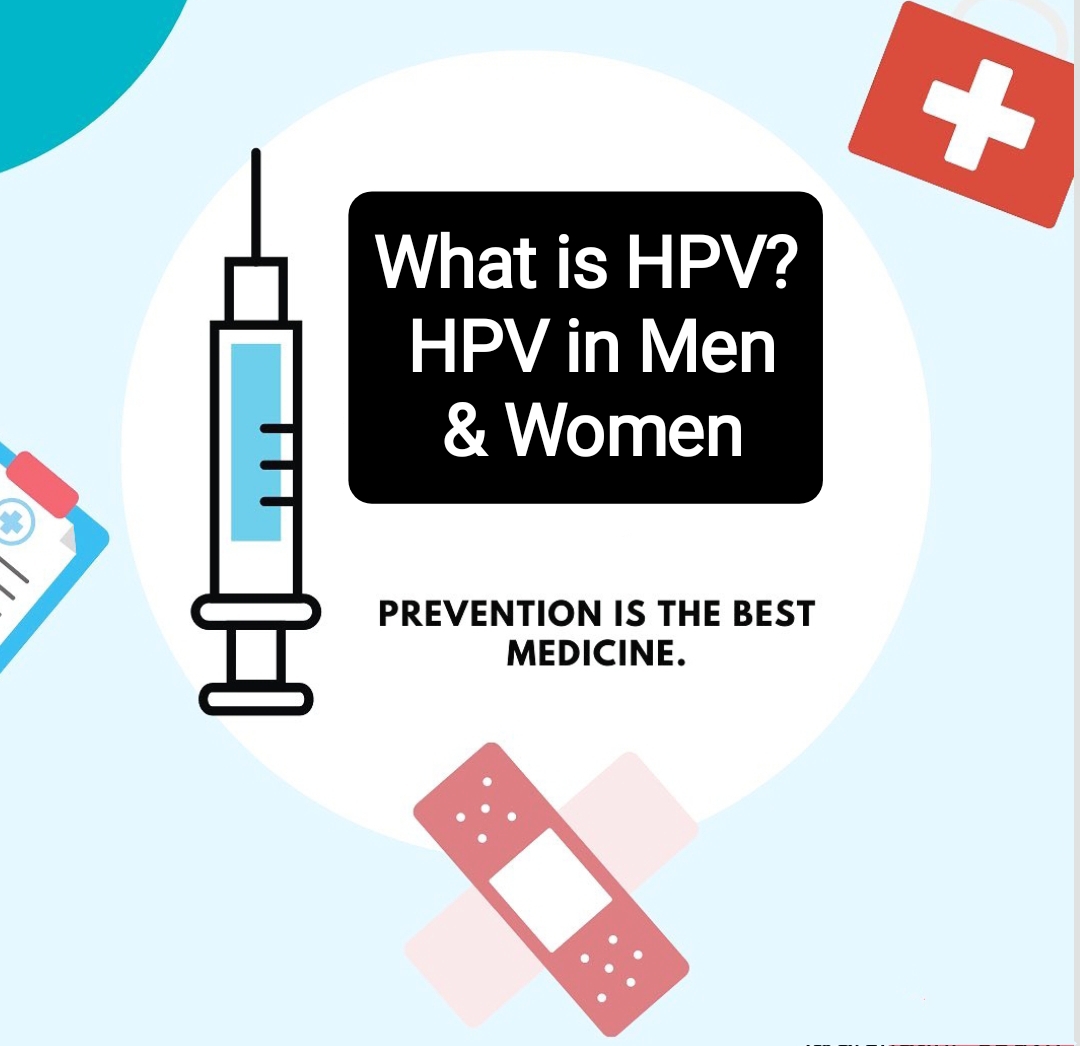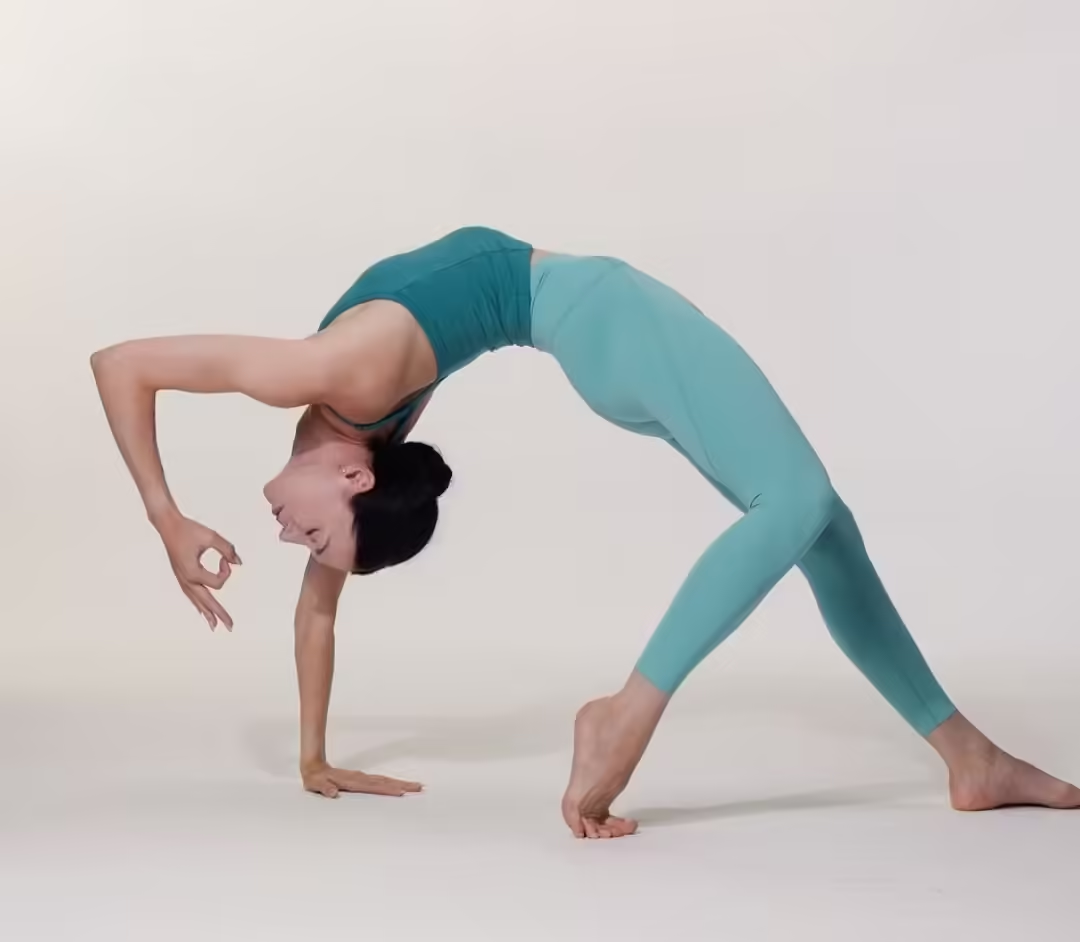Table of Contents
It is more crucial than ever to take a break and relax in today’s hectic environment. A full body massage is one of the best techniques to get profound relaxation and revitalization. For generations this healing technique has been valued and offers several advantages for the body and mind.
What is a full body massage?
When a therapist does a full-body massage, they will massage every part of the body. For all main body parts, including the back, shoulders, legs, feet, arms, hands, and neck, a minimum of Fifty minutes is allotted throughout a session.
Nothing is better than a massage from a licensed spa therapist when it comes to taking care of yourself. You can’t go wrong with a full body massage, whether you’re dealing with chronic stress, tight muscles, or just want to treat yourself to some VIP treatment.
Then, what is a full body massage, and what can you anticipate the first time you schedule one of these treatments? All of the information you want regarding a full body massage will be covered in this extensive guide, including what it entails, how to get ready, and what to anticipate during your session.
5 Benefits of a Full Body Massage
- Lowers Anxiety and Stress :- Reducing tension and anxiety is among the most immediate advantages of a full body massage. Endorphins are naturally occurring substances that elevate mood and can be released in response to a professional therapist calming touch. This eases stress and anxiety by calming the neurological system.
- Helps to Enhances Blood Circulation :- Massage enhances circulation by promoting blood flow. Improved circulation facilitates the delivery of nutrients and oxygen to tissues and muscles hastening the healing process and lessening discomfort in the muscles.
- Relieves Tension in Muscles :- Frequent full body massages are an efficient way to relieve knots and tension in the muscles. This is especially helpful for people who are sedentary or have persistent muscular discomfort.
- Boost your sleep :- A large number of Americans report having difficulty falling asleep; in fact, according to the CDC, 1 in 3 Americans don’t get enough regular sleep. Regular full body massages can assist; by reducing physical tension brought on by stress and soothing the mind, they can help you get the full night’s sleep you need. Prolonged sleep deprivation can have detrimental effects on your physical and mental health. For people who experience difficulty falling asleep or staying asleep, Spa Theory even provides a special Sleep Massage.
- Relieves Muscle Injury :- The benefits of massage include less chance of injury, lowered tension, and improved muscular recovery following activity. This is why you frequently see football players and other athletes receiving an after-match massage on the field. An annual full body massage will help you stay in peak physical condition whether you’re an avid runner, frequent gym-goer, or athlete.
What to expect from your first & during a full body massage?
During massage you will usually begin a full body massage by lying down on a massage table and covering yourself with a sheet or towel for privacy. The therapist will work on various muscle groups using a range of methods including kneading, stroking and tapping. Depending on your requirements and preferences the session typically lasts between sixty and ninety minutes.
You should be lying comfortably on your stomach for the therapist to begin the massage by stroking your shoulders and back. Before moving on to massaging your arms, the therapist will first massage your legs, feet, and, if agreed upon, your glutes. Subsequently, you will turn over onto your back and receive a head massage from your therapist.
Types of a Full Body Massage
A full-body massage may be provided by spas in a multitude of specialty styles. The Swedish massage is one of the most well-liked types, since it involves warming the muscular tissue to release tension and loosen up “knots.” Many of the motions used in a Swedish massage are also used in a deep tissue massage, although the pressure is stronger. Warm stones are positioned along the body to alleviate tense muscles and enable the massage practitioner to release pressure spots. There are even therapies like shiatsu, where a therapist stands on top of the patient and kneads the back to release tension.
Here are 5 ways to Prepare for Full Body Massage
1. Hydrate Well
Maintaining your fluid intake makes your tissues and muscles supple which improves the effectiveness of the massage. Getting adequate water aids in any detoxification that might occur during the massage.
How
Drink plenty of water in the days leading up to your visit.
Avoid heavy meals and alcohol shortly before your massage to prevent dehydration.
2. Express Your Needs
Why ? Because being upfront with your massage therapist about your wants and preferences including pressure level areas of concentration and any medical concerns ensures that the session fits these requirements.
How
Share with the therapist any particular sore spots wounds or health issues.
Talk about your favorite pressure level (soft, medium or firm) as well as any technique preferences..
3.Get there early and unwind
Why:You can relax and get ready psychologically for the massage by arriving early. It enables you to talk with the therapist about your requirements and complete any forms that may be required.
How
Arrive ten to fifteen minutes early for your appointment.
Make use of the opportunity to unwind take deep breaths and settle into a peaceful condition.
4. Dress Comfortably
Why:Wearing comfortable clothing facilitates undressing and redressing without making one feel hurried or restricted. You feel more relaxed both before and after the massage as a result.
How
Put on loose fitting effortlessly removed apparel.
A tight outfit or accessories could make it difficult for you to feel comfortable during the session.
5. Create the Ideal Environment
Why: After your massage setting up a peaceful space at home allows you to prolong your relaxation and reap the benefits of the treatment. Establishing a calm environment for the therapist to operate in is also crucial.
How
Make sure you have a peaceful cozy area where you may relax after your massage.
To keep yourself relaxed think about doing deep breathing exercises using relaxing essential oils or having a warm bath.
FAQS
What is a full body massage?
All of the muscles, skin and connective tissues in the body are worked on during a full body massage. The goals are to improve general welfare ease stiff muscles, promote relaxation and improve circulation. Typically massages are given to the neck, shoulders, arms, legs and back.
What are the benefits of a full body massage?
Relaxation: Reduces tension and promotes overall relaxation.
Pain relief: lessens tenseness, muscle tautness and lingering soreness.
Enhanced Circulation: Increases blood flow and the supply of oxygen to tissues.
Increased Flexibility:Facilitates the relaxation of tight muscles and joints.
Detoxification : Promotes lymphatic drainage to eliminate waste products from metabolism.
How should I prepare for a full body massage?
Hydrate:Drink a lot of water before and after the massage.
Talk to the therapist: Share any illnesses injuries or tender locations.
Arrive Early:To ensure you have enough time to settle in and finish any paperwork arrive at your appointment ten to fifteen minutes early.
Put on comfortable clothing : Wear comfortable easy to take off attire to your appointment.
Avoid Heavy Meals and Alcohol:Try not to have a heavy meal or drink a lot of alcohol right before the massage to avoid feeling uncomfortable.
What should I expect during a full body massage?
The therapist will ask you about your target areas, preferences and medical history during your first appointment.
Undressing: You will be asked to undress as comfortably as possible normally with your underwear still on. The therapist will cover areas with towels or sheets that are not being worked on.
Techniques for Massaging : The therapist will use a variety of techniques like as friction, petrissage and effleurage or soft touching to work on your muscles.
Feedback: As the massage progresses, you can provide feedback to adjust the pressure or technique as needed.
How long does a full body massage typically last?
Typically, a full body massage takes sixty to ninety minutes. Depending on your needs and the therapist’s experience, some sessions could be shorter or longer than others.
Are there any risks or side effects of full body massage?
Most people can get full body massages without any problems.However the following are a few possible hazards or side effects:
Soreness: The regions that were worked on may feel sensitive or sore.
Bruising: Rarely deep tissue work might result in bruises.
Sensitivity Increase: For a brief period of time certain people may become more sensitive in particular situations
How often should I get a full body massage?
Massage frequency is determined by each persons needs and objectives. An annual massage is frequently advised for overall well-being. Frequent visits may be helpful if you’re addressing certain issues like stress or persistent pain.
For more click here
For fitness related queries click here

Ankush Kumar is a professional content writer and the founder of Healthnick.com. He is a health and wellness enthusiast with a deep interest in nutrition, fitness and holistic living. Harish is committed to delivering research-based insights on various health topics. He enjoys exploring new trends in health, experimenting with nutritious recipes, and staying active.






